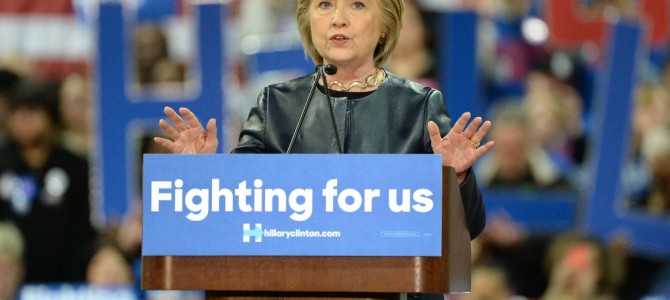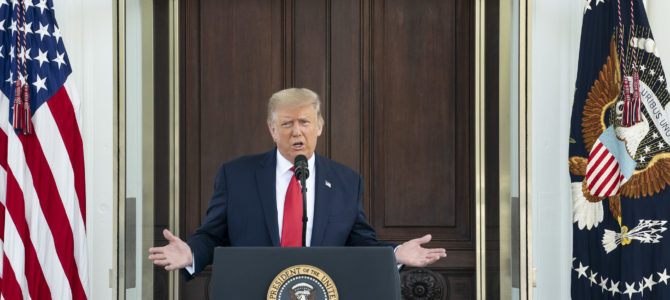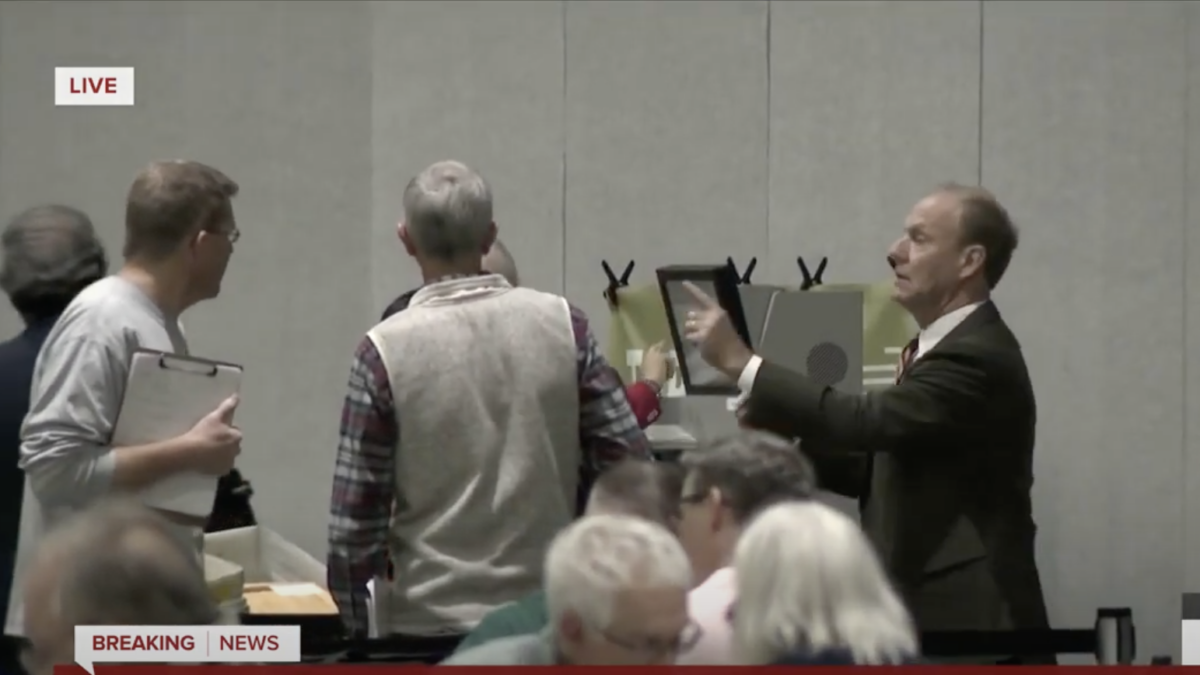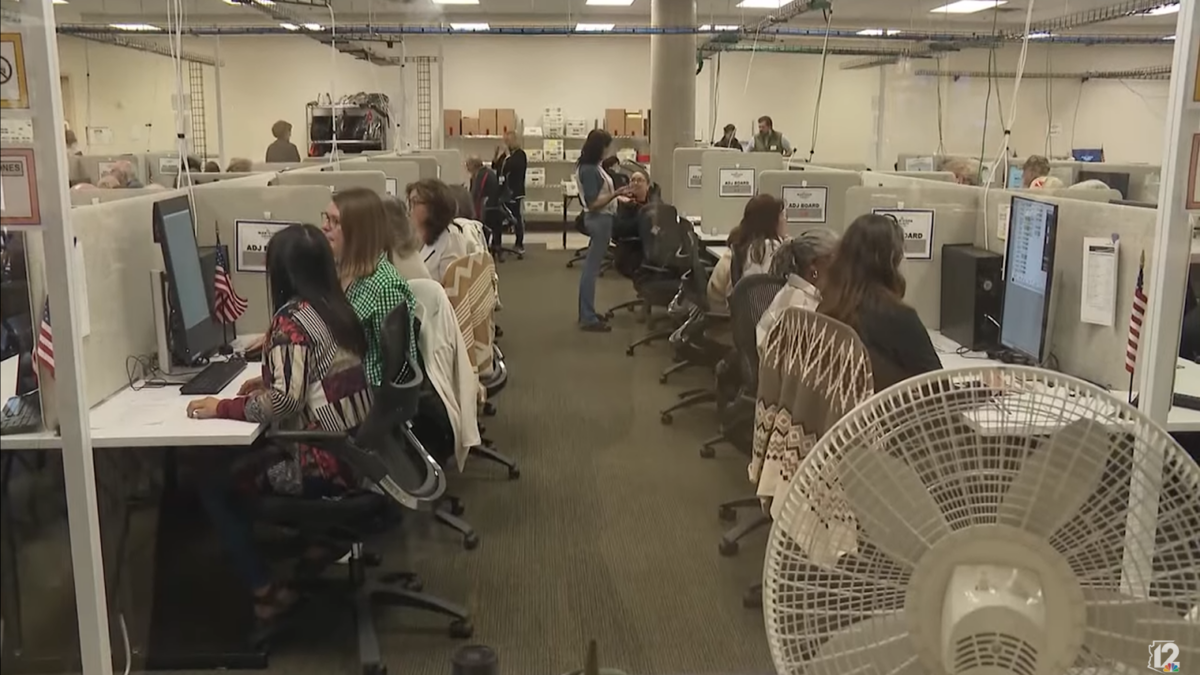
There’s been plenty of apprehension about Donald Trump’s reckless anti-market populism. But none of his bluster should obscure the fact that contemporary Democrats basically share his ideas about trade and manufacturing.
Voter-pleasing posturing about “outsourcing,” “we don’t make anything anymore!” and unfair trade agreements have been part of liberal cant for years. Leftist “fair” trade policy is Trumpism stripped of nativist rhetoric and rationale. But most of the economic goals are the same. There’s really not a whole lot of difference in the intent of Hillary Clinton’s “economic patriotism” and Trump’s “economic nationalism.”
Hillary has now had a change of heart on NAFTA and the Trans-Pacific Partnership (a pact she once referred to as the “gold standard” of trade agreements), placing her to the left of Obama. If a President Clinton — whose positions are a sort of lagging indicator of liberal sentiment — feels that she needs to submit to progressive pressure on trade, there will be no international trade agreement good enough for her to sign. Unless, that is, she can impose new labor and environmental laws on foreign nations and change economic reality here at home.
The other day, in a meeting with small business leaders in New York, Clinton was involved in a silly conversation about how to make manufacturing jobs “sexy” again. She pledged her administration would “invest” an additional $10 billion to “reinvigorate American manufacturing.”
That should do it.
The Clinton’s campaign says her reinvigoration program will be paid for by taxing companies that move elements of their business outside of the country. Trump is also constantly threatening to “punish” corporations that engage the global markets in ways that (supposedly) displease his nationalistic sensibilities.
But Hillary has been beating the same drum for a while now, mostly on inversions and other imaginary loopholes. You’ll also remember the Democrats’ vulgar attacks on Mitt Romney’s patriotism over the candidate’s business dealings in 2012. Doubtlessly, penalizing corporations satisfies some misplaced nationalist/patriotic conception of economic fairness, even if consumers end up paying for the thrill. And if you believe government can be more innovative with those $10 billion dollars, then you have your candidates.
It’s also worth remembering that when Hillary and other Democrats talk about “manufacturing,” they’re not picturing steelmaking and textiles, or any industry producing well-paying, self-sufficient jobs. For them, “manufacturing,” like most things, is a social engineering venture: leftist terminology for bailing out union shops or funding some green corporate welfare project that will have minimal, if any, impact on growth.
It’s a moral good with a dose of economic wishcasting. The green energy sector is small and, even then, it survives only on subsidizes. If voters judged the economy on how many “clean-tech” factories Democrats have visited over the past few years, they might be under the impression that green energy, rather than a boom in fossil fuels, had driven this brittle recovery of ours.
Needless to say, in politics — and it’s probably always been this way — empathizing with the working class is far more useful than being honest with it. So, doubtlessly, mentioning that American manufacturing is actually in pretty good shape would put you in league with establishment elitists and various other unsavory characters.
In the new 2016 Global Manufacturing Competitiveness Index — calculated by Deloitte and the Council on Competitiveness — the U.S. stood behind only China as the world’s most “competitive” manufacturing nation and likely to pass China as the most competitive manufacturing nation in the world by doing the opposite of what politicians are proposing and what voters want to hear. Why?
U.S. manufacturers are investing in technologies such as predictive analytics, the Internet of Things (Iota), smart factories, and advanced materials that will be keys to improved competitiveness in the coming years.
We are killing manufacturing jobs. Cheap labor is becoming less important as companies need fewer workers. The U.S. is gaining in advanced technologies and intellectual property rights. You can try smashing the robots with your axes or dig ditches with your spoons — which are basically the Trump and Hillary plans, respectively — but automation is your future.
Yet, how many times have you heard candidates talking up their new plans to create 21st century jobs? In truth, politicians are incentivized to preserve what people know and to shield the electorate from the disruptions that come with the growth. This is what Detroit bailouts were about and what populist, right-wing economic nationalism is about, as well. Hillary and Trump are reacting to the same concerns.
You can imagine how honesty plays in politics. Not well. But that doesn’t change the lie. So Hillary, like almost all the others, promises that dying cities, communities, industries can be helped with top-down plans or “investments” or by compelling corporations to hire workers even though she must know that it’s all baloney. As far as I know, other than Ted Cruz, who tepidly warned about the dangers consumers face from protectionism (in a single debate) no other candidate has come close to making a case for the benefits of free trade.
While American attitudes towards trade have marginally improved since the recession, the paleo-progressive convergence is pretty popular anyway. So the two frontrunning candidates (one of them still being pushed left by a half-baked collectivist) are now embracing various brands of contemporary mercantilism — and there’s really no one pushing back. Though, I suppose there is some glimmer of hope in the high probability that Hillary’s words rarely match her actions.









